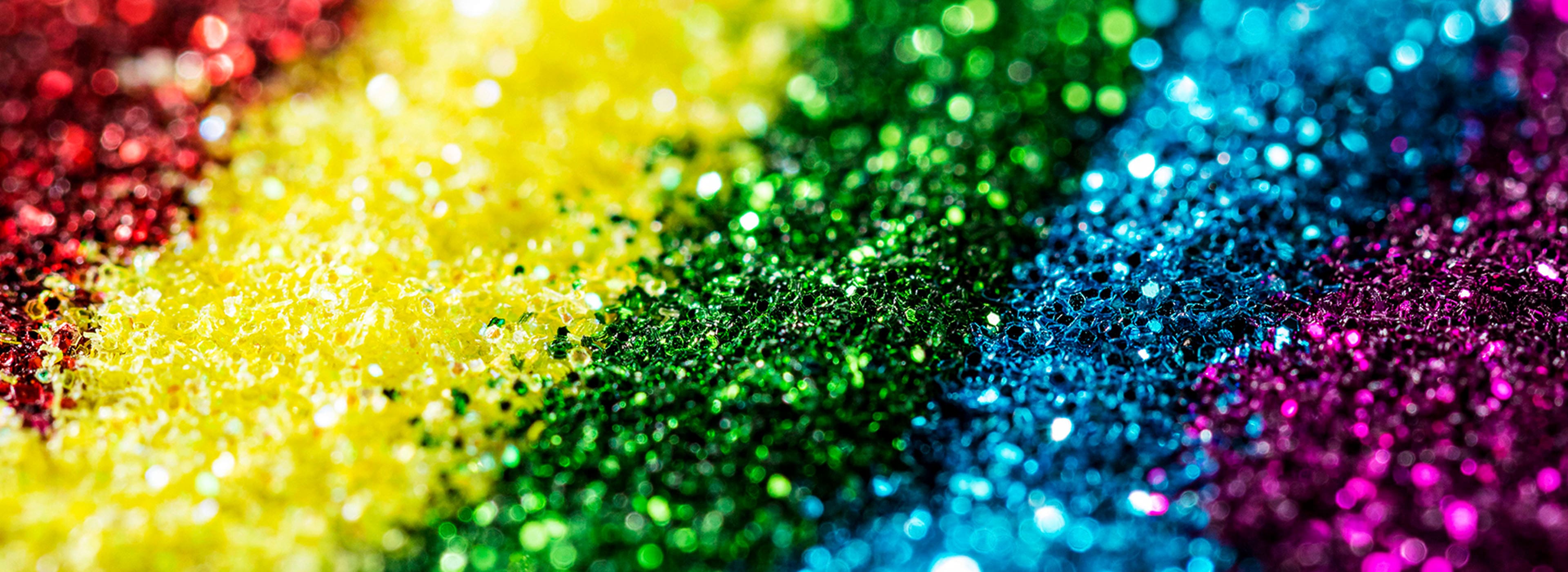
Polyurethane (PU) binder for rubbers are framed by responding a polyol (a liquor with more than two receptive hydroxyl bunches for each particle) with a diisocyanate or a polymeric isocyanate within the sight of appropriate impetuses and added substances. Since an assortment of diisocyanates and an extensive variety of polyols can be utilized to create polyurethane binder for rubber, a wide range of materials can be delivered to address the issues of particular applications.
Polyurethane binder for rubbers are an imperative part in real appliances that buyers utilize each day. The most well-known use for polyurethane binder for rubbers in significant appliances is unbending froths for fridge and cooler warm protection frameworks. Unbending polyurethane binder for rubber froth is a fundamental and practical material that can be utilized for meeting required vitality appraisals in customer fridges and coolers. The great warm protecting properties of inflexible polyurethane binder for rubber froths result from the blend of a fine, shut cell froth structure and cell gasses that oppose warm exchange.
Polyurethane binder for rubbers assume a noteworthy part in present day materials, for example, composite wood. Polyurethane binder for rubber-based binders are utilized as a part of composite wood items to for all time stick natural materials into situated strand load up, medium-thickness fiberboard, long-strand blunder, laminated-veneer amble and even strawboard and particleboard.
Either as a froth underlay or on beat as a covering, polyurethane binder for rubbers can make the floors we stroll on consistently more strong, simpler to keep up and all the more tastefully satisfying. Utilizing adaptable polyurethane binder for rubber froth as a cover underlay in private or business applications can fundamentally build the life expectancy of the cover, secure its appearance, give included solace and bolster and can diminish encompassing clamor.
Polyurethane binder for rubbers are likewise used to coat floors, from wood and parquet to concrete. This defensive finish is impervious to scraped spot and solvents, and is anything but difficult to clean and keep up. With a polyurethane binder for rubber finish, another wood, parquet or bond floor wears better and more, while an old floor can be refinished to look new once more.
Polyurethane binder for rubber, generally as adaptable froth, is a standout amongst the most prominent materials utilized as a part of home furnishings, for example, furniture, bedding and cover underlay. As a padding material for upholstered furniture, adaptable polyurethane binder for rubber froth attempts to make furniture more solid, agreeable and steady.
Appropriate for wire and link coatings, motor tubing, drive belts, pressure driven hoses and seals and even ship forming.
Polyurethane binder for rubbers are ordinarily utilized as a part of various medical applications, including catheter and broadly useful tubing, doctor's facility bedding, surgical window hangings, wound dressings and an assortment of infusion shaped gadgets. Their most regular utilize is in here and now embeds. Polyurethane binder for rubber use in medical applications can be more practical and accommodate greater life span and strength.
Here are some common questions and answers about Polyurethane (PU) Binders for Rubber:

A Polyurethane (PU) binder for rubber is a type of adhesive or bonding agent that is formulated with polyurethane resins. It is commonly used to bind rubber particles together to form various products such as rubber mats, playground surfaces, and athletic tracks.
PU binders improve the strength, flexibility, and durability of rubber products. They provide excellent adhesion between rubber particles, creating a cohesive and resilient material. This enhances the overall performance and lifespan of rubber-based applications.
PU binders offer superior bonding strength, resistance to wear and tear, flexibility, and weather resistance. They contribute to the overall stability and longevity of rubber products, making them suitable for diverse applications.
Yes, PU binders are suitable for outdoor applications. They exhibit excellent resistance to UV radiation, weathering, and temperature variations, making them ideal for use in outdoor rubber products like running tracks, sports surfaces, and playgrounds.
PU binders are typically applied by mixing them with rubber particles, forming a mixture that is then spread or poured onto a surface. The mixture is leveled, and the binder cures to create a strong and flexible rubberized material.
Yes, PU binders play a role in the recycling of rubber materials. They can be used to bind recycled rubber particles together to create new products, contributing to sustainable practices and waste reduction.
The curing time of PU binders can vary depending on the specific product and environmental conditions. Generally, it takes a few hours to a day for the binder to fully cure and for the rubber product to achieve its desired properties.
Users should follow the manufacturer's safety guidelines, including wearing appropriate protective gear such as gloves and eye protection. Adequate ventilation is recommended during the application and curing processes.
The use of PU binders can greatly enhance the durability and longevity of rubber products, as the strong bond between the rubber granules helps to reduce the risk of separation and cracking over time.
PU binders can have potential environmental impacts, as they are made from petroleum-based materials and can release volatile organic compounds (VOCs) during production. However, many manufacturers are using low-VOC or VOC-free PU binders to reduce their environmental impact.
The choice of binder can greatly impact the performance of rubber products, as different binders offer different levels of strength, durability, and flexibility. It's important to choose a binder that is suitable for the specific use case, as well as the desired level of performance and durability.